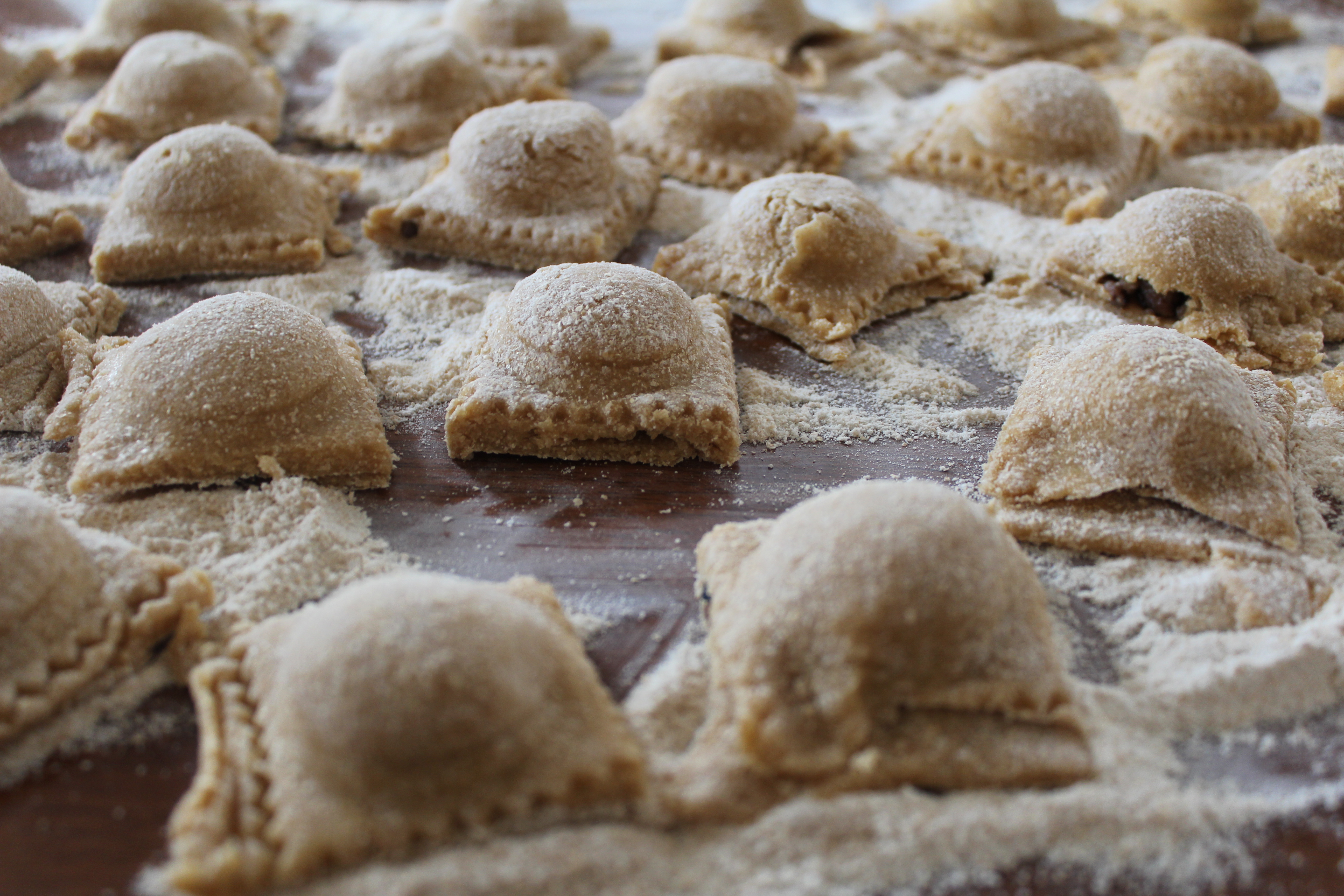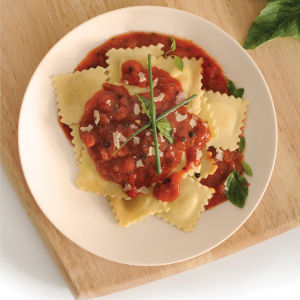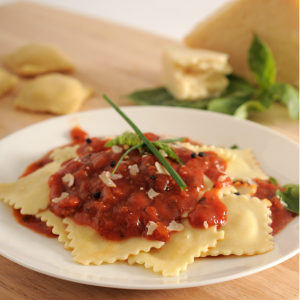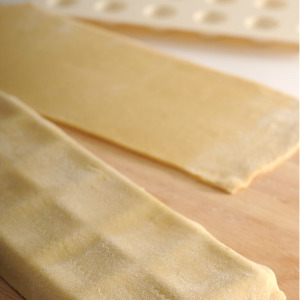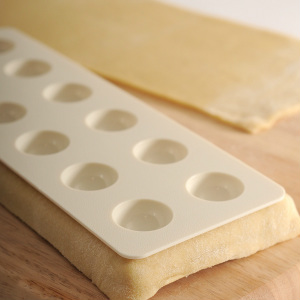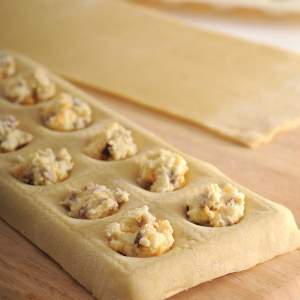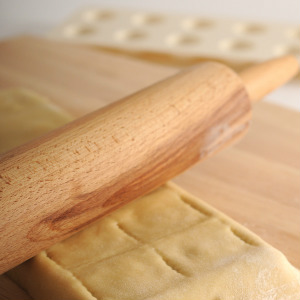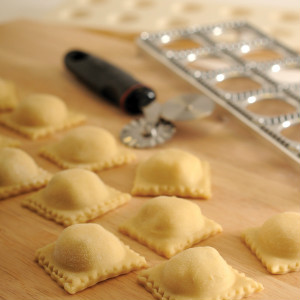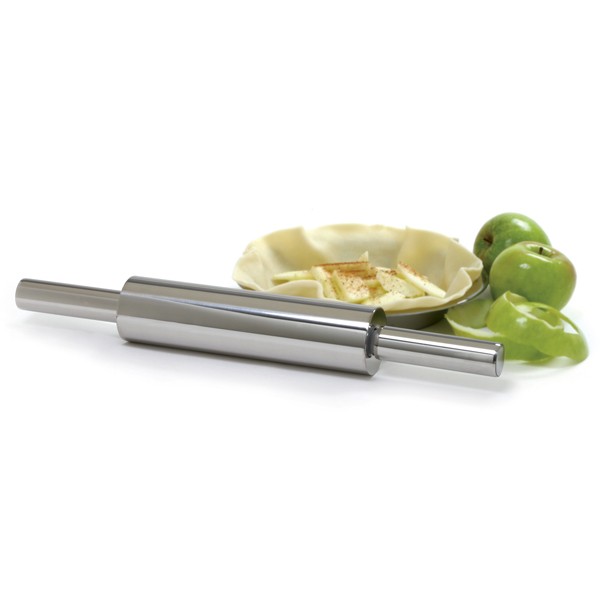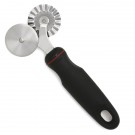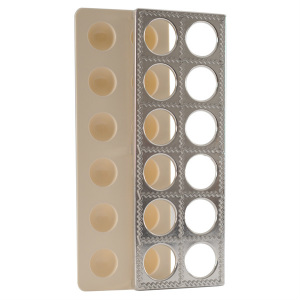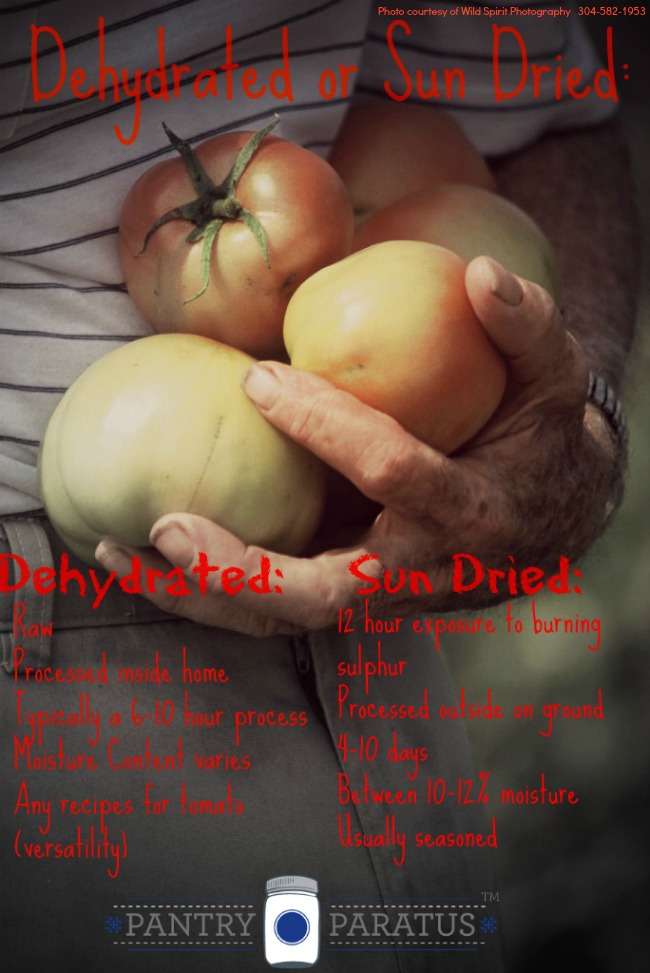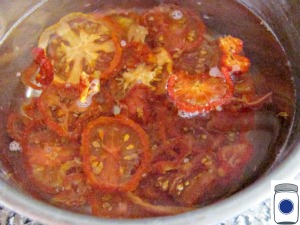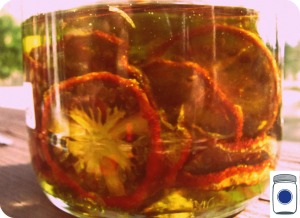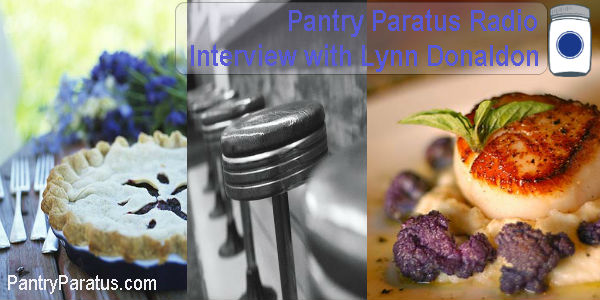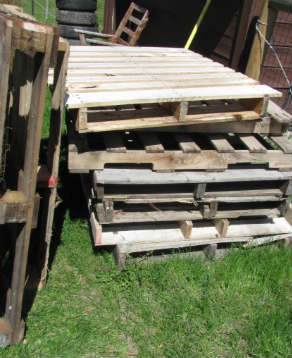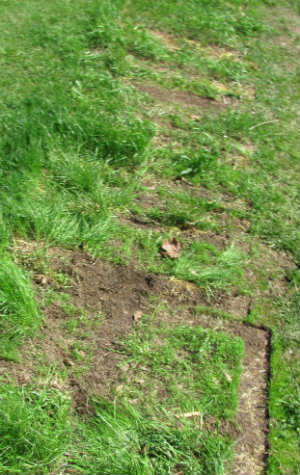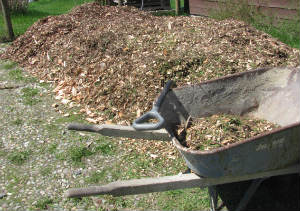Pickled Eggs and Beyond
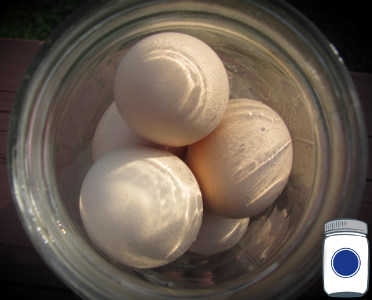
Feast or famine: that is the nature of a laying flock. The bright sunshine and summer smorgasbord of creepy-crawlies will produce eggs a’plenty. The cold huddle-down winter months, on the other hand, will leave you wishing for more. Of course, people do put lights on their chickens in the winter to stimulate egg production; we do not do that. Whether it is for fear of burning the place down or a desire to maintain the healthy rhythm of nature, we have decided to make do with what we get and to extend the summer harvest inasmuch as we can. People have been preserving eggs since…well…since eggs.
I have attempted freezing the summer surplus of eggs. I must have seen it on a pinterest board. Most of my dismal failures come from that. The easy-peasy method (in theory) was to just put the entire raw egg into an ice cube tray. Have any of you had success with that? It drastically altered the texture; it is almost as if they are hard boiled. It’s kinda weird, really more like reconstituted powdered eggs after you factor in the desication from the freezer. My hope was that I could preserve enough raw eggs to get through the winter’s bread baking. It was a backup plan anyway, since we have ducks that lay in the winter and produce fine eggs just right for baking. They just don’t lay quite enough for all of our eggy delights.
My method of choice is to pickle eggs!
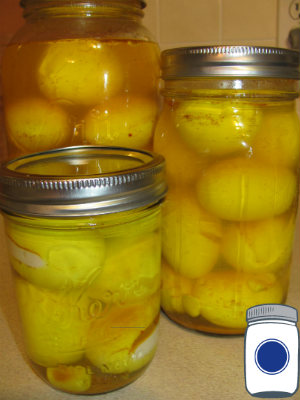
Oh my, you have to bite into one or you would never believe me. They are really a delicious food that makes later food preparation all-the-easier. We have been pickling eggs for a few years now, and I cannot tell you that I have an old family recipe or anything; I have chosen to do it differently every time. I hope that you give it a try with your summer harvest. But before you do, there are some things you really ought to know.
Eggs are extremely alkaline. As you know, anything that is not acidic must be pressure canned, not water bath canned. This is because botulism can only grow in low-acid environments. The pressure canning method has a much higher heat than water bath canning, and it is enough to kill the botulism spores found in a low pH. Adding vinegar certainly makes it acidic, but only the outside of the eggs, not the interior. Therefore, if an egg has a cut or nick than the low-acid interior might harbor botulism spores. The eggs should be pristine for making pickled eggs.
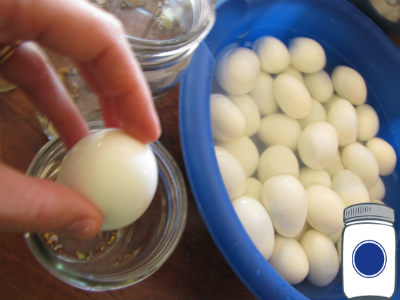
Eggs should not be pressure canned. But did I not just say that pressure canning is the only approved method for non-acidic foods, such as green beans or venison? Yup, that is right. So it would stand to reason that you could just pressure can the eggs to kill the spores and then the low acid environment of the eggs would not matter. Right? Wrong. Eggs are too sensitive, too volatile for the pressure canning method. The heat is too high and too long and you have a nasty rubbery mess that you will not want to consume. For all I know they could be safe, but there is nothing left worth saving. Many say that they do not care for pickled eggs that were even water bath canned. Those who advocate a water bath canning generally suggest that you only boil the eggs just enough to peel them but not to cook them entirely—that way, the actually canning method will cook the egg and hopefully not overcook it.
I do water bath can my pickled eggs, and I probably overcook them. Are they rubbery? Well, I do not think it is extreme and they still work rather well in recipes in which I smash or cut them. I like them as is, but I can see that it might be a matter of preference. In either case, the process-on-record is that you should still refrigerate them.
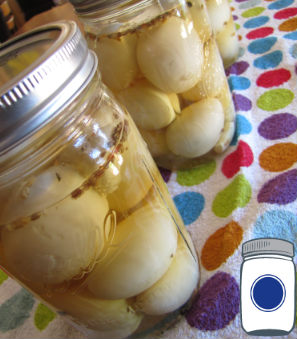
There is not an approved canning method for pickled eggs that is shelf stable. The recipes generally do not require canning at all; you simply heat the brine and pour it over the eggs and spices in the jar, seal, and refrigerate. Even water bath canning recipes still call for refrigeration because of the potential for botulism. Although the risk of getting botulism from home canned foods is extremely low, the results are catastrophic. It is like playing with matches; the likelihood of your house catching fire might be low but since the result is catastrophic, you use prudence in the matter and avoid the danger altogether.
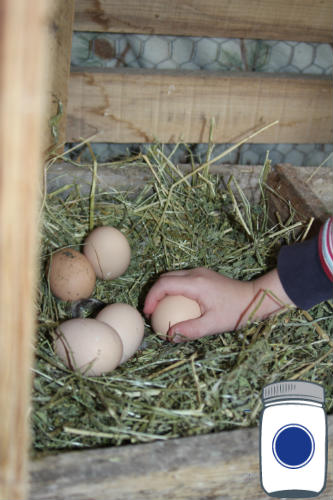
People have been preserving eggs since…well….eggs. We know so much more about safety measures now than ever before, and we need to follow the advice given. With that said, however, I simply do not have room in my refrigerator for many pickled eggs. I do not see it as a viable way of preserving eggs if they are taking the same electricity-dependent space in my fridge that the raw eggs occupied. Do I have other options besides pickling? Perhaps not from a protecting-myself-legally standpoint.
I can tell you that eggs were traditionally root cellared. We currently understand that they must maintain a fairly consistent temperature between 32-40°F, which is colder than most any root cellars. Many times, they were placed in sand, oats, or other dry goods in an upside down (skinny-side-down) position and they remained there for many months as fresh as the day there were laid, so they say. The eggs were candled before use, meaning that the eggs were checked for fertilization by using a candle to see through their semi-translucent shells.
Another root cellar method that was common beyond pickling was to use “water glass”. This chemical (potassium silicate) is still available today, and it seals up the pores of the egg. Since this included silica, the stuff in the packets that warns not to eat it, you would not be able to recycle the egg shells for animal feed calcium (and I would not personally add them to compost, either).
I have never personally used either of the traditional oat-burial or water glass methods. I would love to hear from someone who has (or who remembers grandma’s use of these methods). I do pickle my eggs and I do maintain the correct temperature range (and whether I use electricity or not is not the discussion here). The temperature must remain fairly consistent, that is the key.
Pickled eggs are absolutely delicious and—especially if you skip the water bath canning—as easy as pouring water. I wish I could invite you over for a salad, or for a barbecue featuring my famous potato salad as a show-stopping side dish (thank you, pickled eggs). Try a jar out just so that you can experiment with the flavors and using pickled eggs in recipes. You will get hooked, just you wait and see.
Looking for more info about eggs? Check out these resources:
Pickled Eggs HACCP by Peter Snyder Jr, Ph.D.
How To Can Pickled Eggs the Safe Way (with 2 recipes)
CDC: Information on the singular known case of botulism through preserved eggs
Interested in building a root cellar?
Country Wisdom Bulletin: Build Your Own Underground Root Cellar
Root Cellaring
Recipes from the Root Cellar (a cookbook)








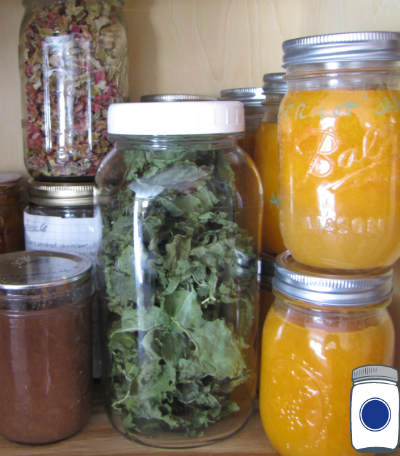
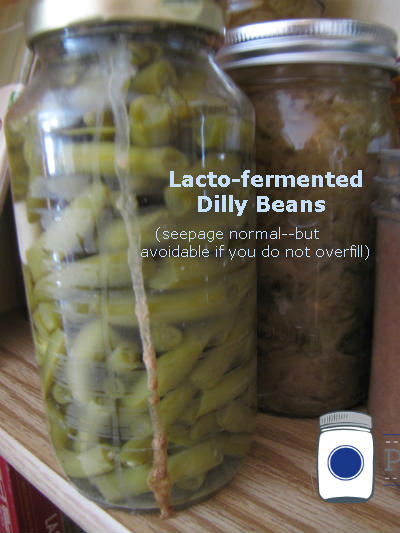
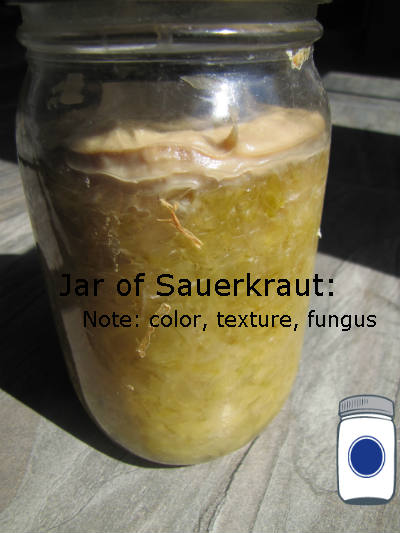
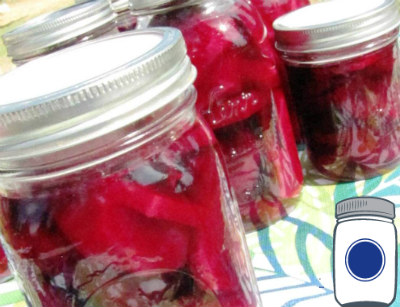
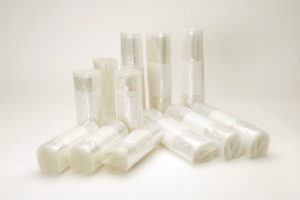
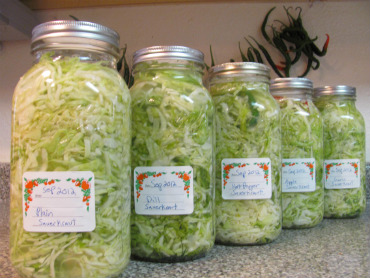
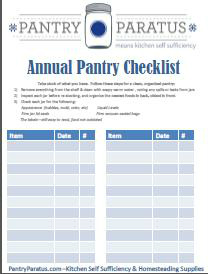 Get a Free Annual Pantry Checklist:
Get a Free Annual Pantry Checklist: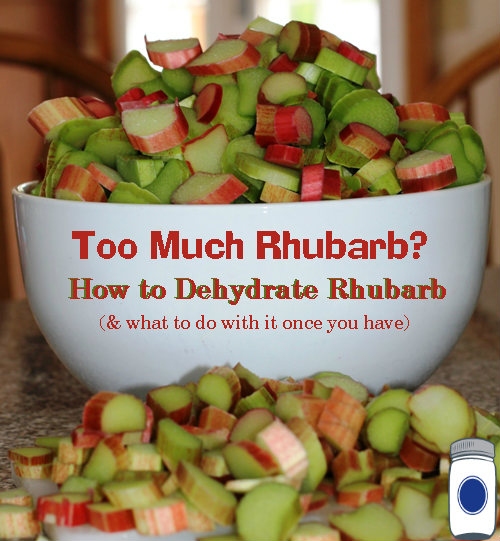
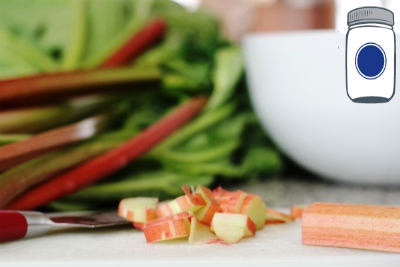
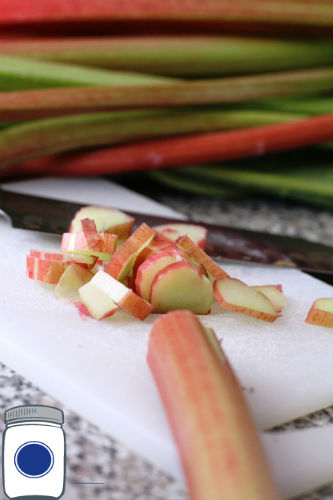
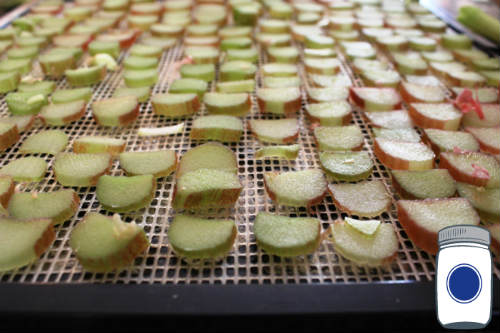
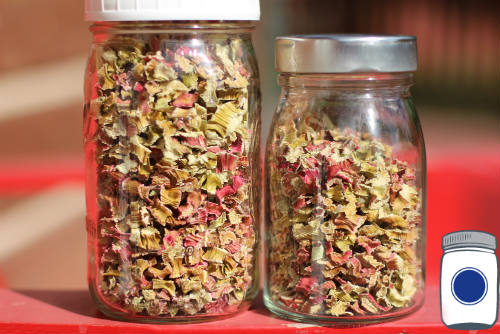
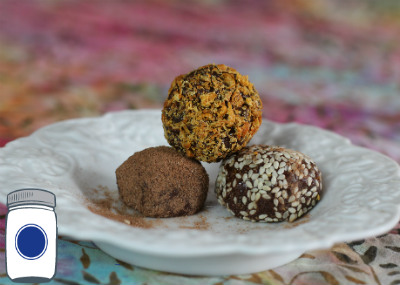
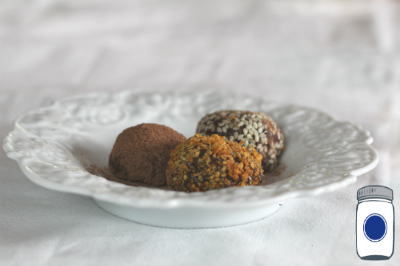
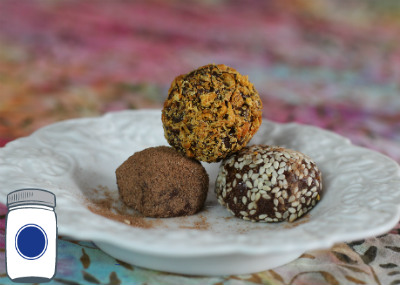
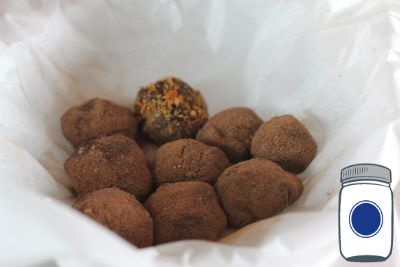

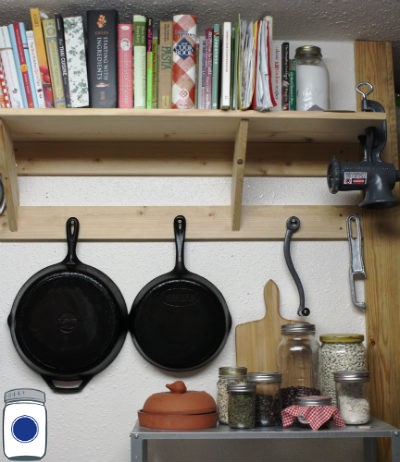
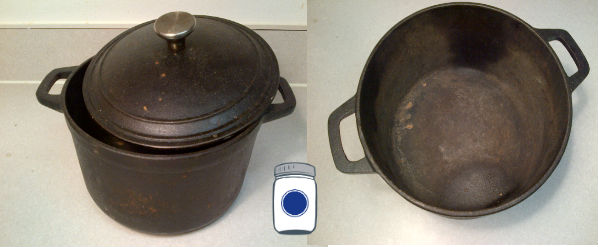

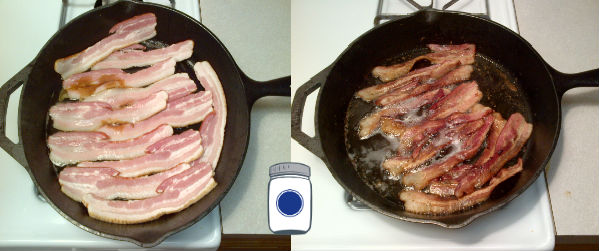
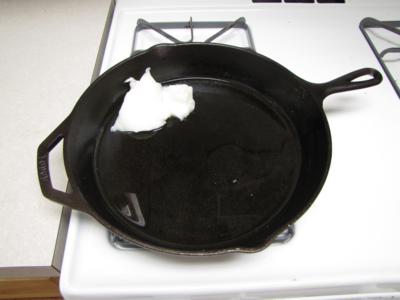
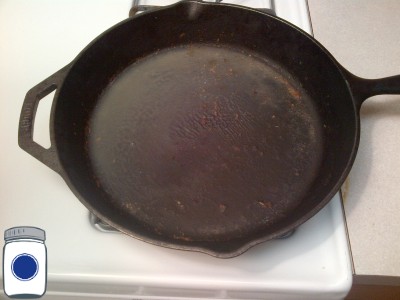
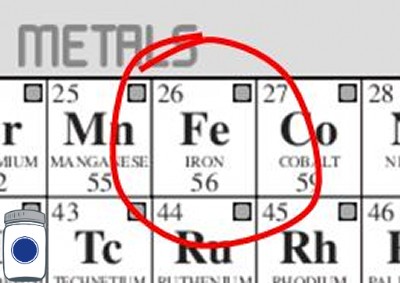
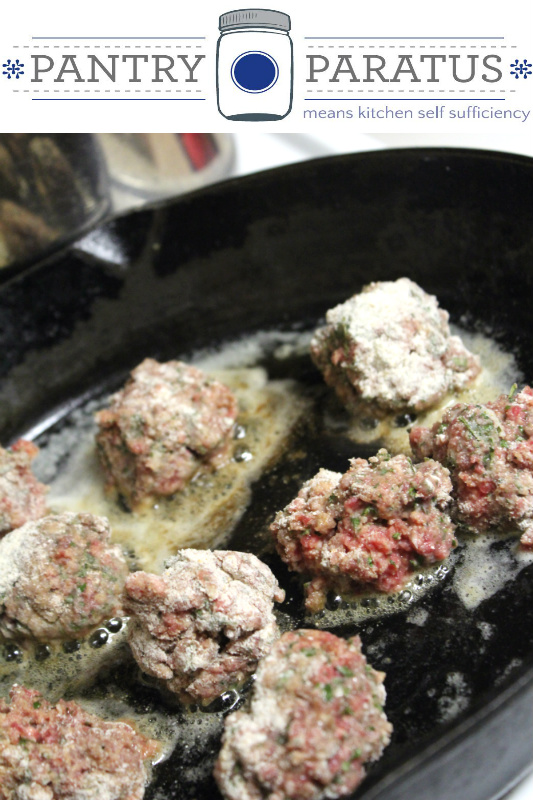
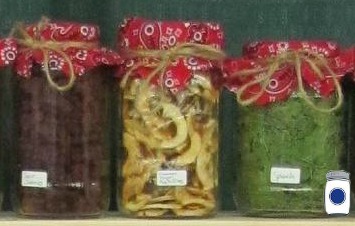

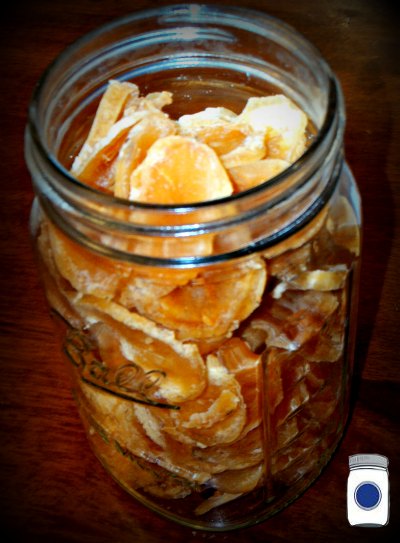

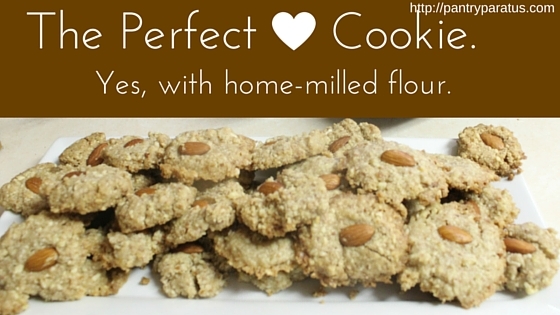

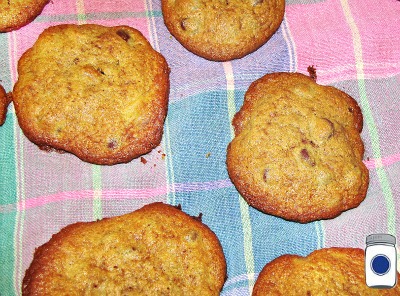 3) Use lard! Lard and tallow are my secret ingredient for a fluffy, perfectly-browned cookie. These were how cookies were invented, remember. The Fake Stuff (shortening) came later and we have a whole generation (maybe 2?) that haven’t an idea on how to cook the real way. When I first swore off the fake stuff, I tried oil and butter and every combination, with inconsistent results. If you must use something other than lard or tallow (vegetarian?) I would suggest coconut oil. I will not guarantee perfectly consistent
3) Use lard! Lard and tallow are my secret ingredient for a fluffy, perfectly-browned cookie. These were how cookies were invented, remember. The Fake Stuff (shortening) came later and we have a whole generation (maybe 2?) that haven’t an idea on how to cook the real way. When I first swore off the fake stuff, I tried oil and butter and every combination, with inconsistent results. If you must use something other than lard or tallow (vegetarian?) I would suggest coconut oil. I will not guarantee perfectly consistent